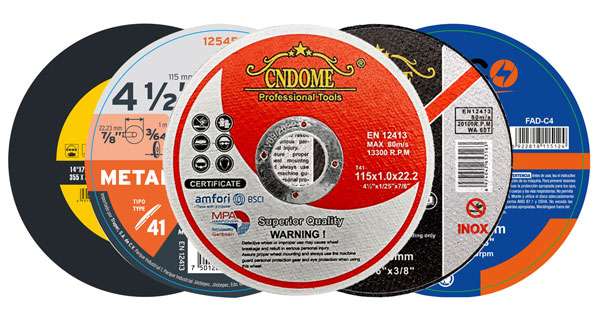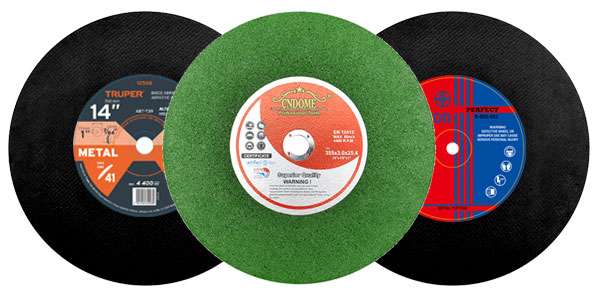Rotary tools are versatile instruments that can be incredibly useful for various DIY projects, crafts, and even professional tasks. Among the essential accessories for rotary tools are cutting discs, which enable precise and efficient cutting of different materials. Whether you’re a beginner or seasoned enthusiast, understanding cutting discs is crucial for achieving optimal results and safety.
What are Cutting Discs?
Cutting discs, also known as cutting wheels or blades, are small, thin, and flat discs designed for use with rotary tools such as Dremels. They are typically made from abrasive materials bonded together with resin, reinforced with fiberglass, or sometimes made from diamond-coated steel for harder materials.
Types of Cutting Discs
- Fiberglass Reinforced Discs: These are the most common type and are suitable for general-purpose cutting of metals, wood, plastics, and other materials. They are durable and provide smooth cuts.
- Diamond Cutting Discs: Used for cutting hard materials such as stone, ceramic, porcelain, and glass. Diamond discs are more expensive but offer superior cutting performance and longevity.
- Abrasive Cutting Discs: Made from abrasive materials like aluminum oxide, these discs are suitable for cutting and grinding metals, as well as masonry and concrete.
Choosing the Right Cutting Disc
Selecting the appropriate cutting disc depends on the material you intend to cut and the specific task at hand:
- Material Compatibility: Ensure the disc is suitable for the material you are cutting. Using the wrong disc can result in inefficient cutting, premature wear, or even safety hazards.
- Size: Cutting discs come in various diameters and thicknesses. The size should match your rotary tool’s specifications and the depth of cut required.
- Safety Considerations: Always prioritize safety when using cutting discs. Wear safety goggles to protect your eyes from debris and gloves to shield your hands. Secure the workpiece firmly to prevent it from moving during cutting.
Tips for Using Cutting Discs
- Speed: Operate your rotary tool at the recommended speed for the specific disc and material. Excessive speed can cause overheating and premature wear.
- Technique: Let the cutting disc do the work. Apply gentle pressure and avoid forcing the disc through the material, which can lead to overheating and potential breakage.
- Cooling: Allow the disc to cool periodically during prolonged use to prevent overheating and extend its lifespan.
Maintenance and Storage
- Storage: Store cutting discs in a dry and cool place to prevent moisture and humidity from affecting their performance.
- Cleaning: After use, clean the cutting discs to remove any debris or residue. This helps maintain their cutting efficiency and prolongs their lifespan.
Conclusion
Mastering cutting discs for rotary tools is essential for anyone looking to undertake precise cutting tasks across various materials. By understanding the types of discs available, choosing the right one for your needs, and adhering to safety guidelines, you can achieve professional-quality results while ensuring durability and safety. Incorporate these tips into your next project to unleash the full potential of your rotary tool and cutting discs. Happy crafting!



